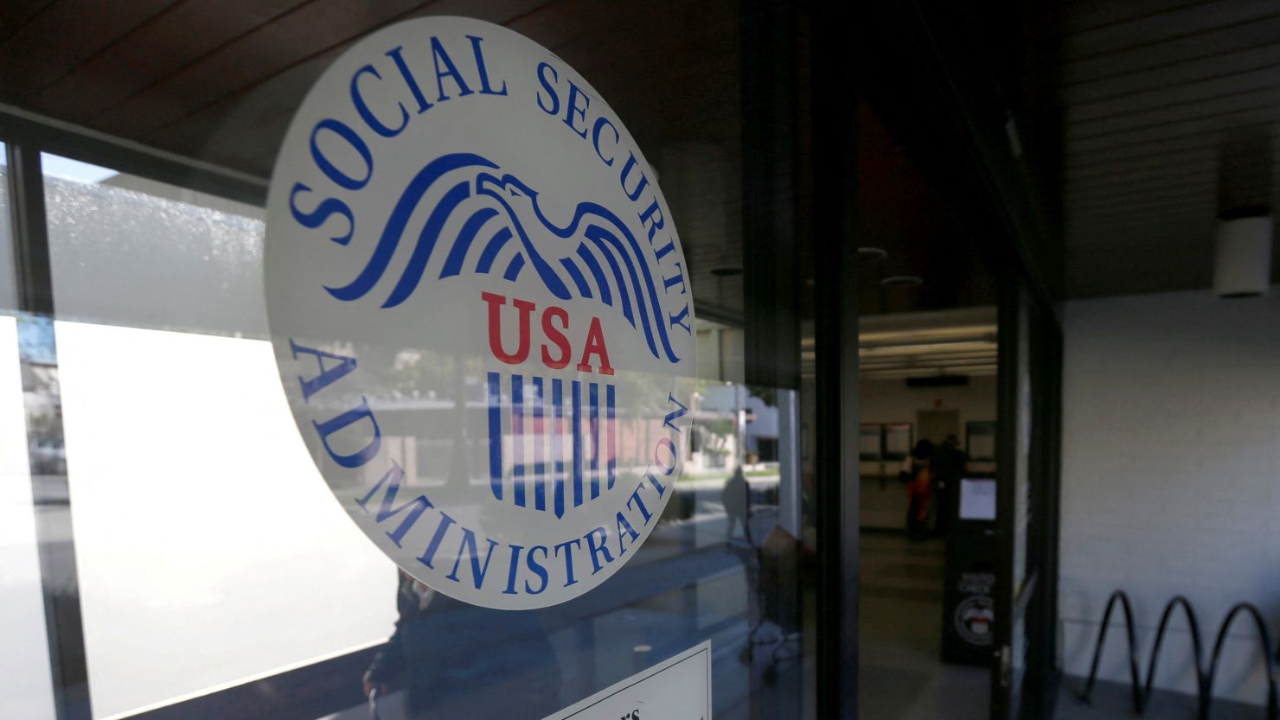The Social Security Administration (SSA) has decided to reverse a recently implemented anti-fraud policy that required a three-day hold on benefit claims made over the phone.
This decision comes after the agency found that the policy caused significant delays in processing claims, with minimal evidence of fraudulent activity.
Background of the Policy
To combat potential fraud, the SSA introduced a policy that placed a three-day hold on retirement, survivors, and auxiliary benefit claims filed over the phone.
This measure was intended to allow time for fraud detection tools to assess the legitimacy of the claims. However, the policy led to a 25% slowdown in processing these claims, adversely affecting the timely delivery of benefits to eligible individuals.
Findings Prompting the Reversal
Upon reviewing the effectiveness of the anti-fraud measures, the SSA discovered that out of over 110,000 phone claims, only two were flagged as potentially fraudulent.
This extremely low incidence of suspected fraud highlighted the disproportionate impact of the policy on claim processing times compared to its benefits in fraud prevention.
Public and Organizational Response

The policy faced criticism from various advocacy groups, including AARP, which argued that the measures created unnecessary hardships for individuals with disabilities and older adults lacking reliable transportation or internet access.
These groups emphasized that the policy changes exacerbated existing customer service challenges within the SSA.
Political Implications
The reversal of the anti-fraud policy also has political ramifications. Senator Elizabeth Warren criticized the initial implementation, stating that it led to confusion and delays for beneficiaries.
She emphasized that the focus should be on facilitating access to earned benefits rather than imposing measures that hinder the process.
Ongoing Measures
While the SSA has lifted the three-day hold on phone claims, it continues to refine its fraud detection algorithms to target only those claims with the highest probability of fraud.
Additionally, the agency maintains certain anti-fraud provisions for direct deposit changes made over the phone, requiring additional verification steps to ensure the security of beneficiaries’ information.






